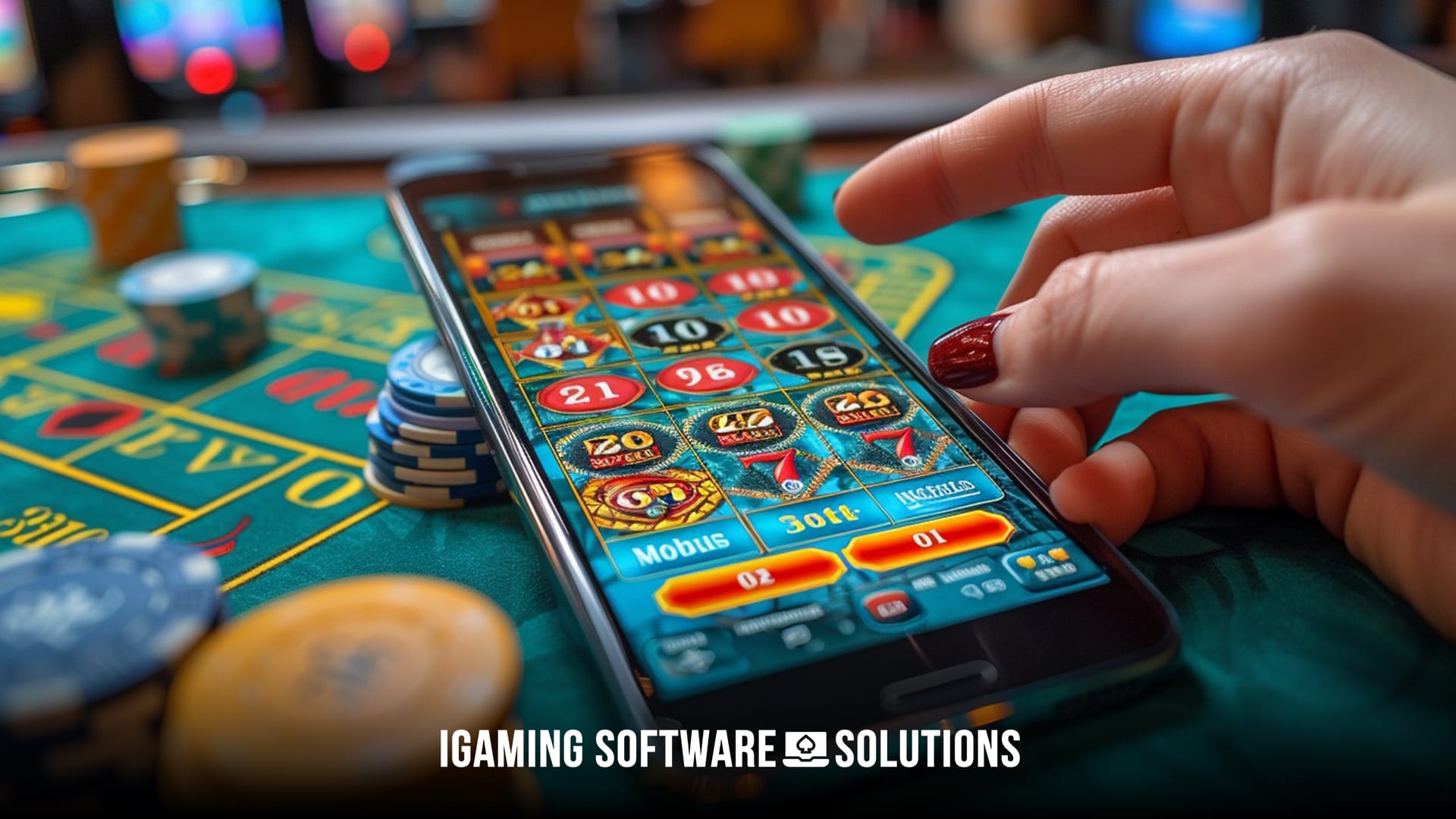Understanding the iGaming Software Development Process

The iGaming industry has rapidly evolved, becoming a multi-billion-dollar sector with diverse offerings including online casinos like yours, sports betting, poker and more. The success of these platforms, yours included, largely depends on the robustness of their software which is developed through a complex, multi-faceted process.
In order to make fully informed decisions about the iGaming software you choose to purchase and the iGaming software providers you choose to deal with, it is ideal that you understand the iGaming software development process.
Table of Contents:
- What is iGaming Software Development?
- Key Stages in the iGaming Software Development Process
2.1 Conceptualization and Planning
2.2 Design and Prototyping
2.3 Development
2.4 Testing and Quality Assurance
2.5 Deployment
2.6 Maintenance and Updates - The Challenges in iGaming Software Development

What is iGaming Software Development?
iGaming software development encompasses the creation of software applications by iGaming software providers for the online gaming industry. This includes everything from casino games and online sports betting platforms to virtual poker rooms and live dealer game technology. The software must be not only functional and reliable but also secure and engaging to attract and retain users.
Key Stages in the iGaming Software Development Process
Conceptualization and Planning
The first stage of iGaming software development involves defining its vision. This includes identifying the target audience as well as determining the game type and betting options to offer. During this phase, stakeholders discuss the overall design, features and functionality of the software.
At this stage, it is important for iGaming software providers to understand player preferences, market trends and competitive landscape. At the same time, they must ensure that they are in compliance with gaming regulations and licensing requirements in different jurisdictions. This is also the point where they estimate costs and set a realistic development schedule for themselves.
Design and Prototyping
Once the planning phase is complete, the iGaming software developers create detailed specifications and prototypes. This iGaming software development stage focuses on the user experience (UX) and user interface (UI) design for the purpose of ensuring that the software’s appearances and controls are intuitive and engaging.
To achieve this, the iGaming software developers create basic layouts to outline the structure and navigation of the software in a process called wireframing. For the interface, the priority is to make it appealing to the users on a visual and functional level. Once the basics are done, they move on to the prototyping stage where they develop a working model of the software to test its functionality and gather feedback.
Development
The iGaming software development stage is where the actual front-end and back-end coding happens. Using the established designs and specifications from the previous stages, the iGaming software providers will proceed to build the software.
Front-end development covers creating the client-side components that users interact with such as game interfaces and dashboards. Meanwhile, back-end development covers developing server-side functionalities including databases, game logic and integration with payment gateways. There is also API integration which involves implementing APIs for third-party services such as payment processors.

Testing and Quality Assurance
Testing is a critical iGaming software development phase to ensure that the software is free from bugs and issues. Quality assurance (QA) involves rigorous testing by the iGaming software providers to verify that the software functions as intended and meets all requirements.
These testing activities include first checking individual components for functionality then ensuring that different parts of the system work together seamlessly. After that, the software’s performance under various conditions such as high traffic is evaluated. Because cyber threats are also a concern, security testing is conducted so that any vulnerabilities in the software are identified and fixed. Last but not least, User Acceptance Testing (UAT) is conducted to gather feedback from actual users for the purpose of ensuring that the software meets their needs and expectations.
Deployment
Once all the iGaming software development process’ testing phases are complete, the software is ready to be launched and made available to users. During deployment, the iGaming software providers must ensure that the software is stable and performs well in a live environment.
To achieve this, they first set up and configure the servers to handle the expected load. Next, they implement monitoring tools to track the software’s performance and identify any issues that arise post-launch. The final part of this step is to provide customer support to assist users with any potential problems or questions.
Maintenance and Updates
The iGaming software development process does not end with deployment. Ongoing maintenance and updates by the iGaming software providers are essential to tackling potential issues that hinder the software from running smoothly. Any bugs and issues reported by users or identified through monitoring are to be resolved as quickly as possible. If there is a need for it, they should work to add new features or update existing ones based on user feedback and market trends. Rare occasions might call for compliance updates to ensure that the software remains compliant with evolving regulations and industry standards.

The Challenges in iGaming Software Development
Like most other things, iGaming software development has no shortage of challenges. Regulatory compliance requirements mean there is a need to navigate complex and varying regulations across different jurisdictions which can be daunting. Because security is a universal concern, protecting user data and financial transactions from cyber threats is crucial. Another concern is scalability which involves designing software that can handle a growing number of users and transactions without compromising performance. Last but not least, iGaming software providers need to create engaging and immersive experiences that keep players coming back in order to maintain both their business and reputation.




